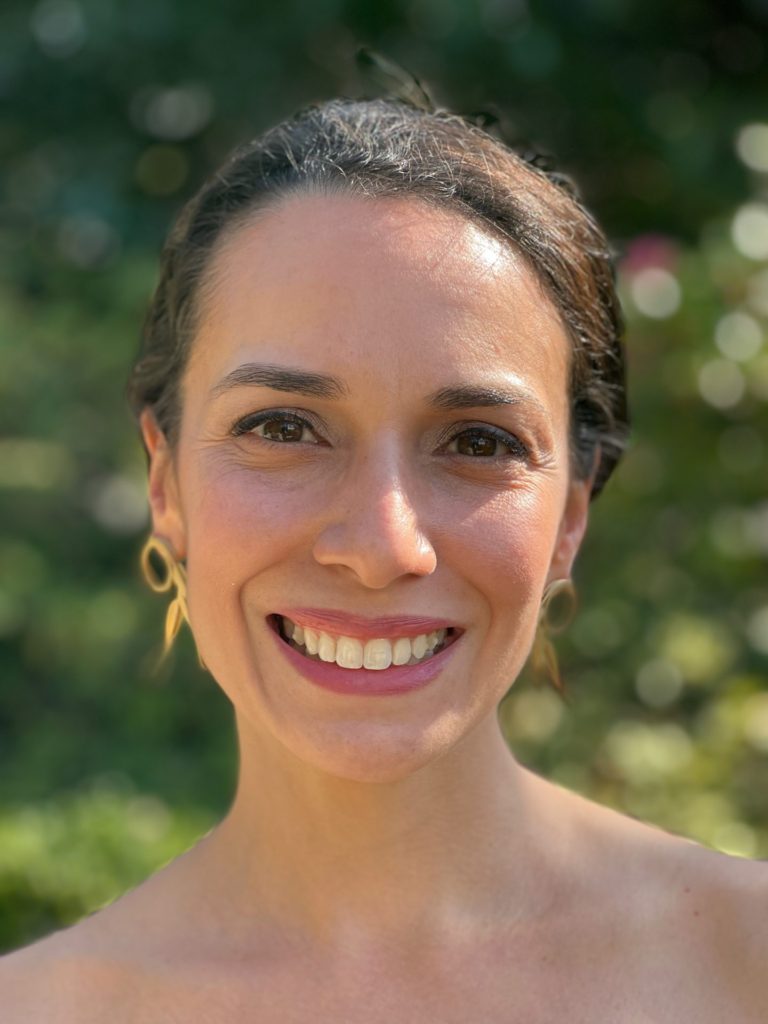The Latest Advances in Scoliosis Treatment
Hello, I’m Dr. Natalie Otoya, practicing chiropractic care in the heart of Charlotte, NC. Over the past decade, I’ve treated numerous individuals, witnessing the challenges and triumphs associated with scoliosis. Specializing in Scolibalance and Scolibrace, I’ve seen the remarkable transformation in scoliosis care. This article will provide an in-depth look into traditional treatments and highlight the latest advancements.
Traditional Approach to Scoliosis
Scoliosis affects a myriad of individuals, presenting a spectrum of symptoms and challenges. Historically, treatments spanned observation, bracing, and in severe cases, surgery.
Observation
The Significance of Monitoring: Mild spinal curvatures, especially in young children, might not show drastic progression. Regular X-rays help chiropractors and doctors gauge spinal development, allowing them to detect early signs of significant change. This watchful approach, combined with patient education, ensures early intervention when necessary.
The Role of Growth: Since growth spurts can aggravate curvatures, tracking a child’s growth phases becomes pivotal. These periods demand increased vigilance to catch rapid curve progressions.
Bracing
Traditional Bracing Systems: Over the years, various bracing systems emerged, but the traditional Boston brace gained significant traction. Made from hard plastic, it encases the torso from the armpits to the hips, requiring daily usage of 18-23 hours for maximum effectiveness. Its primary aim? Halt curvature progression during growth spurts.
Psychological Impacts: Beyond physical implications, wearing a brace daily has psychological impacts on young individuals. From self-image to peer interactions, it’s essential to offer psychological support alongside physical treatment.
Surgery
When is Surgery Necessary? In situations where curvature escalates despite non-invasive measures, spinal fusion surgery becomes the last resort. By joining vertebrae, this surgical procedure reduces the curve.
Potential Complications and Recovery: As invasive as it is, spinal fusion is not without risks. Potential complications include infection, nerve damage, and prolonged recovery periods, necessitating ample post-surgical support.
Modern Advances in Scoliosis Treatment
With scientific advancements, treatment modalities for scoliosis have seen incredible evolution. Scolibalance and Scolibrace are two such innovative methods that have transformed patient experiences.
ScoliBalance
A Comprehensive Approach: Scolibalance takes a 360-degree approach, considering spinal curves, muscular imbalances, and posture. It melds specialized chiropractic adjustments with tailored exercises and rehab routines.
Long-term Benefits: Not just a quick fix, Scolibalance aims for long-term spinal health. By targeting underlying causes and teaching patients preventative measures, it ensures sustained spine stability.
ScoliBrace
Customization is Key: Traditional braces adopted a one-size-fits-all approach, but Scolibrace turns that on its head. Using cutting-edge 3D scanning, each brace is custom-fitted, targeting the individual’s unique spinal curves, enhancing comfort and efficacy.
Active Correction: Unlike braces that merely prevent progression, Scolibrace actively works to rectify the curvature. This dynamic approach offers patients a more proactive solution to their spinal challenges.
The Road Ahead
The path of scoliosis treatment, though winding, is paved with progress. My mission in Charlotte remains unaltered: offer my patients state-of-the-art care. With ongoing research and an ever-evolving understanding of the spine, I’m optimistic about the future prospects for scoliosis care.
The intersection of technology, research, and patient-centric care paints a hopeful picture for scoliosis treatments. As we continue this journey, I’m grateful to play a role in shaping better outcomes for my patients.





